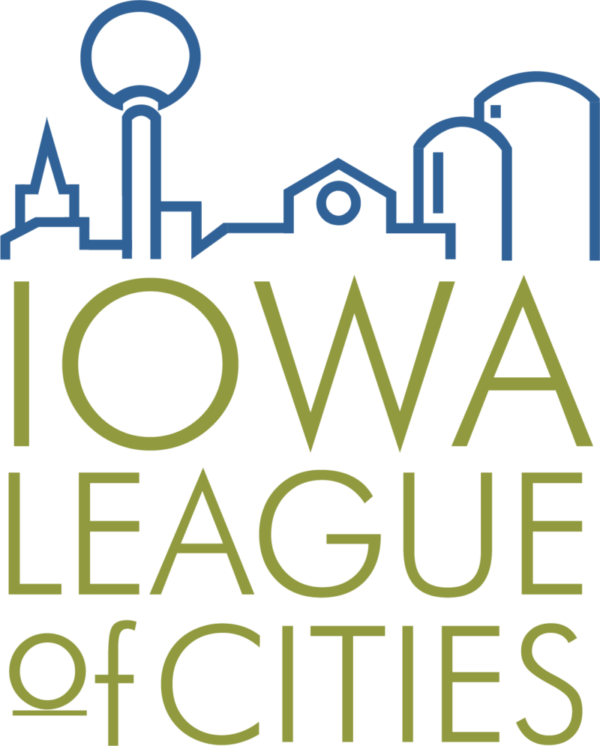Playgrounds are where children exercise, play and interact with other children. They are wonderful social areas for children, but can also contain hazards that can badly injure or even kill children. According to the National Program for Playground Safety, more than 200,000 children are injured each year on school and park playgrounds. Even sadder is the fact that, on average, 15 children will die each year from injuries sustained on playgrounds, typically from disasters like asphyxiation, head and neck injuries and hangings.
Inspect and Maintain
What can be done to prevent or at least reduce these injuries and disasters from occurring? Sound inspection and maintenance programs are keys to a successful and safe playground. A person should be designated and trained to inspect the playgrounds and have the authority to initiate any repairs or removals necessary.
Demonstrating a regular maintenance and inspection schedule will help reduce your city’s liability and will ensure that your equipment is sound and in good working condition. All inspections and maintenance should be documented and retained. Inspections can be high frequency for busy playgrounds or low frequency for those that have limited use. In any case, at least weekly inspections should be conducted.
The Consumer Product Safety Commission recommends the following be considered when inspecting playgrounds:
- There should be at least 12 inches of soft material like mulch, sand, shredded tires or a mat designed specifically for playground use, under and around play equipment.
- Ensure the ground cover extends at least six feet in all directions from the play equipment. For swings, the surfacing should extend twice the height of the suspending bar in both directions.
- Play structures more than 30 inches high should be spaced at least nine feet apart.
- Replace or cover open “S” hooks, protruding bolts, and other dangerous hardware.
- Any open space should measure less than 3.5 inches or more than 9 inches so that it cannot trap a child’s head.
- Look for sharp points or edges that could cut a child.
- Inspect the ground for tripping hazards like tree stumps, exposed concrete footings and rocks.
- Elevated surfaces, like platforms and ramps, should have guardrails to prevent falls. For preschool aged children, there should be a guardrail on any surface higher than 20 inches.
- Playgrounds should be age appropriate. Preschool age children should have a separate play area from children ages 5 and up.
- Check for moving parts that could pinch or crush a child’s finger.
- Playgrounds should be designed to ensure children are easily supervised.
- Inspect equipment and surfacing regularly to ensure it is in good condition.
Playground Equipment
Slides are frequent causes of falls and injuries. To help prevent injuries caused by slides, all slides should be well anchored, have secure handrails and the steps should be in good repair with good traction. There should not be any gaps between the slide and the platform that could catch children’s clothing. A top bar should be present, requiring children to sit before they go down the slide, which reduces the potential for a fall.
With regard to moving playground equipment, swings are most likely to cause injuries. Animal or similar swings should be removed from playgrounds entirely as children walking in front of these types of swings can be seriously injured or even killed if hit by the hard metal surface. On that note, swing sets should be far enough away from the other equipment so children will not be hit by a moving swing. Swings with seats made of wood or metal should be replaced with the softer sling seat, and the swings themselves should be at least 24 inches apart. For younger children, full bucket seats should be utilized (half-bucket seats should not be allowed because babies and toddlers can slide out of them). Open “S” hooks (hooks that connect the chains to the swing set) should be closed or replaced with locking “S” hooks. An open “S” hook can allow the chain to become disconnected from the swing while a child is swinging, causing serious injury.
Merry-go-rounds and teeter-totters can also cause injuries if not properly maintained. Merry-go-rounds should not have a gap large enough for a child to be caught between the deck and the ground. Serious injuries can result from a child getting caught under a merry-go-round. The decking should be free of any sharp edges and protruding bolts. Hand rails should be secure and smooth. Teeter-totters should be in good condition and have handles for the child to hold. A tire or other cushioning material should be under the teeter-totter seat to prevent it from hitting the ground.
Americans with Disabilities Act
Finally, the Americans with Disabilities Act (ADA) requires that new playgrounds accommodate disabled children. Most important is the issue of how to enable the children to access the playground area. The ADA requires a 60 inch pathway be installed. The surface should be firm, stable and slip-resistant. Matting is a good material to use for accessibility, however, loose material like sand, pea gravel and wood chips are not. While accessibility is required by the ADA, providing children with disabilities a stimulating play experience is also of importance. For example, an adaptive swing can be easily placed on a traditional swing set.
A helpful resource is the U.S. Consumer Product Safety Commission Public Playground Safety Handbook. Cities are strongly urged to use this handbook when inspecting and maintaining playgrounds. It provides useful information on equipment guidelines, surfaces, accessibility and more. The ultimate goal is to have a safe play environment for children. Sound inspection and maintenance programs will help to provide such an environment.
Content provided by the Iowa Communities Assurance Pool (ICAP), which is an Endorsed Program and part of the Community Alliance Programs of the Iowa League of Cities.






